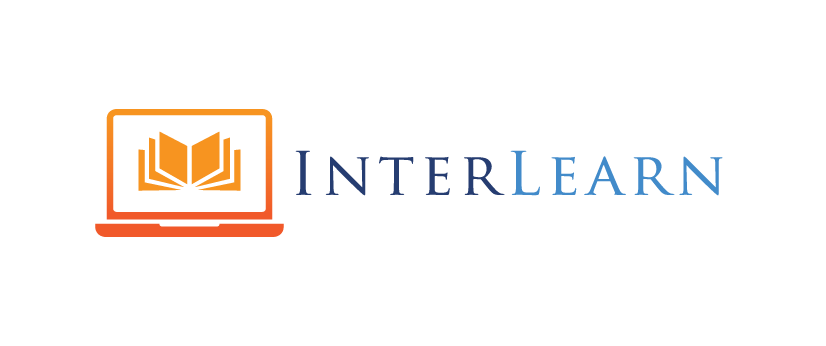For a while now, I’ve been saying this: Education as we know it is dying a 100-year death. I was speaking to a colleague who works with international seminaries and bible schools on this idea and he confirmed his experience that American education has been on a downward slide as he sees other countries better their own educational systems.
When I say dying a 100-year death, I don’t mean it is going to disappear tomorrow. However, it is slowly decreasing in its ability to develop and prepare the individual for the market. The factors contributing towards this death are numerous. However, the biggest thing to point to is quality. The quality of education is in decline, despite an onerously growing compliance structure around higher education. The compliance demands on an institution remind me of the quote I like: “Until morale improves, floggings will continue.” Compliance, with its aim to improve the quality of education, more often than not kills the ability to be creative and delays or completely prohibits the improvements needed out of fear. While many attribute quality to accreditation in higher education, accreditation is only “surface level” or “first dimensional” quality as I call it.
I’ve had the conversation with many colleges and colleagues in the field that faith-based higher education will not likely be caught because they are implementing faith in their programming but because they lack quality. Yes, there are those in the world that would like all [Christian] faith-based colleges and universities to be put out of business because of the bias against Christianity that they hold. They will likely continue to fight against Christian higher education for those reasons. However, they will have more basis to stand on, in the United States at least, if the education is lacking in “quality.” They can point to the US industrial compliance complex that ranges from in-state authorization and approvals, to accreditation approvals, to US Department of Education Title IV funding approvals, to NC-SARA. . .and the list goes on. The quality instrument in US higher education is vast and an institution must walk a tightrope to keep all of the groups in check. As I noted, though, doing so is only “first dimensional” quality. . .and organizations need 3-D quality (learn more about 3-D quality here).
By ABSOLUTE necessity, higher education MUST change and adapt or end-users must choose differently. But how? To be honest, the task seems almost too overwhelming in light of the compliance obligation of higher education. So, the end-user, the student, has a choice to make: traditional higher education or field-based training.
Higher Education. For higher education to be the path, it needs to change. Here are some principles that must be adopted by higher education, en masse (for colleges/universities, states, USDE, financial aid. . .everyone):
- Focus on Marketplace Skills. Higher education institutions must prioritize equipping students with practical skills that are directly applicable to the job market. This involves a shift from purely theoretical knowledge to a balanced integration of theory and practical skills that employers value.
- Enhanced Use of Technology. Leverage technology to create more engaging, accessible, and personalized learning experiences. Online learning platforms, artificial intelligence, and virtual reality can provide students with flexible and immersive educational experiences.
- Interdisciplinary Approaches. Encourage interdisciplinary studies that allow students to combine multiple fields of study, fostering innovation and creativity. This approach helps students develop a broader perspective and adaptability in a rapidly changing job market.
- Continuous Curriculum Review and Update. Regularly update curricula to reflect current industry trends and emerging fields. This ensures that educational programs remain relevant and that students are learning the most up-to-date information and skills.
- Stronger Industry Partnerships. Develop stronger partnerships with industries to ensure that educational programs are aligned with current and future workforce needs. This can include internship opportunities, co-op programs, and collaborative research projects.
- Emphasis on Soft Skills. In addition to technical skills, higher education should place a strong emphasis on soft skills such as communication, teamwork, problem-solving, and leadership. These skills are crucial for success in any career.
- Alternative Credentialing. Embrace alternative credentialing systems such as micro-credentials, badges, and certificates that recognize specific skills and competencies. This allows students to demonstrate their expertise in a more targeted and flexible manner.
- Flexible Learning Pathways. Offer more flexible learning pathways that accommodate different life circumstances and learning styles. This includes part-time, online, and hybrid programs that allow students to balance education with work and personal responsibilities.
- Focus on Lifelong Learning. Encourage a culture of lifelong learning where education does not stop at graduation. Institutions should provide opportunities for continuous professional development and upskilling throughout an individual’s career.
- Reduce Administrative Burdens. Streamline administrative processes and reduce bureaucratic hurdles to allow institutions to focus more on education quality rather than compliance. Simplifying regulations and accreditation processes can free up resources to enhance teaching and learning.
- Adopt a Student-Centered Approach. Shift towards a more student-centered approach in education where the needs, interests, and goals of students are at the forefront of decision-making. This can improve student engagement, satisfaction, and outcomes.
Training. Those points above are pretty easily stated but not so easily accomplished. As a result, field-based training may be the route that many choose. The advantage of training is that it can pivot and customize much more easily than higher education. . .the industrial compliance complex does not affect it the same way. The training can be enhanced in so many ways:
- Guided by Field-Experienced Mentors to make it much more “real-world” than most higher education settings tend to be.
- Developed in Focused, Bite-Sized Information Sets to make learning more concrete and manageable.
- Geared Towards Specific Applications to make it clear how the information will be used.
- Heutagogically-Driven so that it is based on the user’s desire or need to learn.
- Delivered on Demand through connected devices.
For years, anything but traditional higher education has been presumed to be “less.” You had to have a college degree to be successful in most cases. Exceptions? Sure, there were a few. But you had better get your degree if you want to succeed. Trade School?!?! Never! That was the attitude that I would see. However, from a pragmatic point of view, there are some serious advantages to the trade school/training routes that simply cannot be matched in traditional higher education, at least currently.
The Return on Investment (ROI) conversation for traditional higher education is at the loudest pitch that I’ve heard it in my career. It’s an important question that must be answered effectively by both traditional higher education and training. In most cases, training has this argument won. Higher education must figure out the way to value-add to their product to continue to make it worth the investment.
How do you see yourself preparing for your next role or updates in the field?


Comments are closed